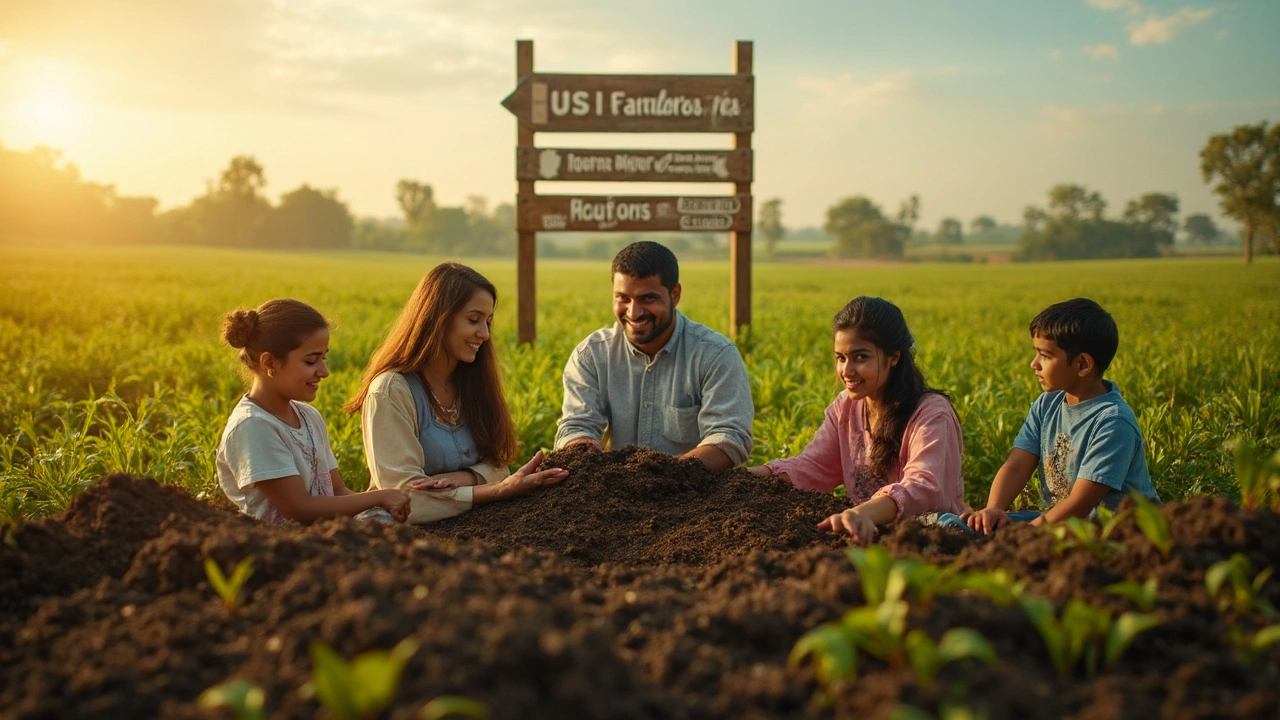Top Farming States in the US: Crops, Cost of Living & Rural Life Guide
If you’re hunting for a place where fields stretch for miles and the cost of living won’t break the bank, look at the country’s top farming states. From the high plains of Wyoming to the fertile valleys of Utah, each state offers a mix of strong crop markets, low taxes, and a lifestyle that’s close to nature.
Why These States Lead in Agriculture
First off, the soil and climate line up perfectly for certain crops. Wyoming, for example, isn’t just about cattle—its wheat and barley farms are among the most productive per acre. Utah’s dry climate is ideal for hay, beans, and even specialty grapes that feed the growing wine scene. The key is water rights and smart irrigation, which keep yields steady even when rain skips town.
Tax policies also play a big role. States like Wyoming have no personal income tax, and property taxes are generally lower than the national average. That means the money you earn from farm sales stays in your pocket longer. Plus, many of these states offer agricultural subsidies and grant programs that help cover equipment costs or land improvements.
Another perk is the community support network. Rural counties often have extension services, local co‑ops, and farmer markets that make it easy to sell directly to consumers. This reduces reliance on big distributors and boosts profit margins.
Living Costs & Lifestyle in Farming Communities
When you compare living costs, the difference is clear. A recent analysis shows a single adult in Wyoming needs around $45,000 a year to cover rent, groceries, and basic expenses—well below the $70,000 average in many coastal farming areas. Utah’s mountain towns are a bit higher, but still offer affordable housing, especially if you buy land outside the main ski resorts.
Housing options range from historic farmhouse rentals (think “3i flats” with three interior rooms) to modern villas that blend rural charm with high‑tech amenities. If you’re renting, the 5% rule can help you decide whether buying makes more sense. In many farming counties, the rent‑to‑own ratio is favorable, meaning you could own a modest property for the cost of a city apartment.
Beyond finances, the lifestyle is a major draw. You get sunrise over cornfields, community potlucks, and the freedom to work outdoors most days. For families, schools in these areas often have strong agricultural programs, giving kids hands‑on experience with crops and livestock.
Got a specific state in mind? Our posts break down the numbers: check out “What Salary Do You Need to Live Comfortably in Wyoming in 2025?” for a detailed budget, or “Is Utah a Good Place to Live?” for a pros‑and‑cons list that includes job market and outdoor activities.
Bottom line: if you want a solid farming business, low taxes, and a tight‑knit community, the top farming states are worth a serious look. Start by researching land prices, local water regulations, and the type of crops that thrive in each climate. The right mix can turn a simple farm into a profitable, sustainable lifestyle.
Best Soil in the US: Where Is It and Why It Matters for Land Buyers
by Arjun Mehta Jun 14 2025 0 LandThinking about buying land and wondering which US state has the best soil? This article cuts through the confusion, highlighting where you’ll find the richest dirt and why it matters for farming and investment. Get to know which states stand out, what makes their soil unique, and key tips if you’re looking to build, farm, or flip land. We’ll dig into real data and everyday examples to help you make a smart move. Soil isn’t just dirt—if you want your land to work for you, you need the right foundation.
READ MORE